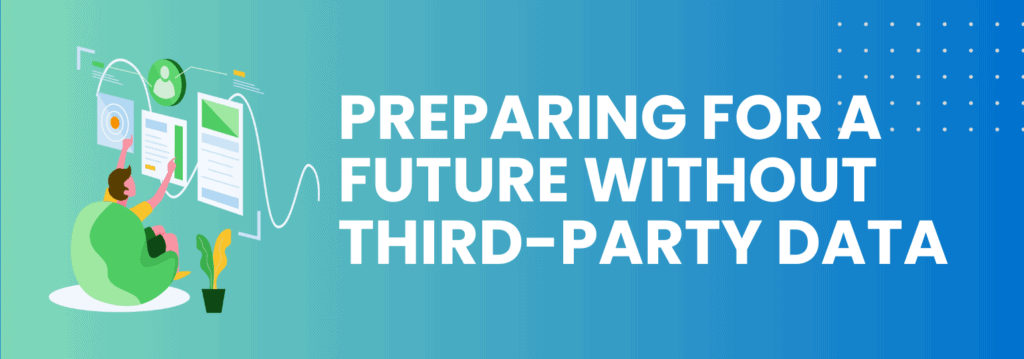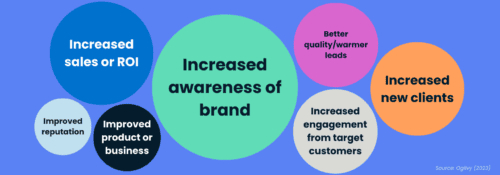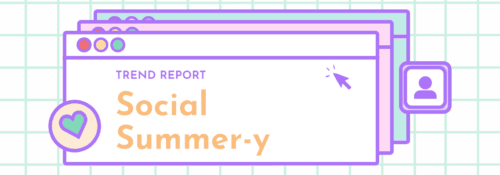Preparing for a Future Without Third-Party Data

The advertising industry as we know it is in the middle of a gigantic shift.
Back in 2020, Google announced it would move to phase out third-party cookies, which has recently been extended to 2024. Then, Apple announced new data privacy permissions in iOS 14, allowing users to opt-in sharing data rather than tracking it automatically.
Since the early ages of the internet, third-party cookies have been the backbone of programmatic advertising. Third-party cookies collect behavioral data that data brokers package together into specific audience segments, which enables marketers to accurately and effectively target the right audience at the right time in their journey.
Although Safari and Firefox have blocked third-party cookies for several years, this move from Google is one of the biggest. As these rollouts become the norm and customers become more protective of their privacy, advertisers will struggle to accurately track and optimize conversions in the same way they have for decades. The faucet of third-party data collection that has fueled the paid media industry is being shut off.
What will the future look like without third-party cookies?
If you previously relied on third-party data as an advertiser or are not sure if you use third-party data for your campaigns, you might be nervous about this shift in data collection. You don’t need to worry just yet as there are other alternatives that may be useful for targeting audiences.
One option is turning to first-party data, in which a company collects directly from its customers through software and systems the company owns. First-party data can contain the same type of information as third-party data; however, the difference is how it is collected and used. This can include digital interactions, purchase history, behavior, preferences, and is often used to enhance user experience.
If your first-party database isn’t where it needs to be, you’ll have to use contextual targeting to reach your customers. This borrows a technique that traditional advertising has used for decades: find where your customers are and advertise there. In a digital ecosystem, this might be as simple as knowing that a segment of your customers are also sports fans and specifically advertising on sports related blogs. Another example could be defining a set of keywords that you’d like your ads to appear near.
Next Steps
1 ) Start building your first-party database now.
As this data becomes critical to your advertising success, it can’t live in spreadsheets any longer. The impact of losing third-party cookies will be huge and immediate for your AdTech. You need a marketing CRM tool to bring together all of the different interactions you are having with your stakeholders. At Saxum, we enjoy the suite of tools that HubSpot has put together to solve this problem. In fact, we’re Hubspot partners!
2) Find experts that you trust.
Privacy laws and ad blockers are complicated, nuanced and ever-changing. Saxum’s integrated media and technology teams stay current with how the industry changes and will always find the best way to achieve your objectives.
This change in consumer data is huge for paid media. If you decide it’s time to make the change in your paid media plan, we’re happy to help.










